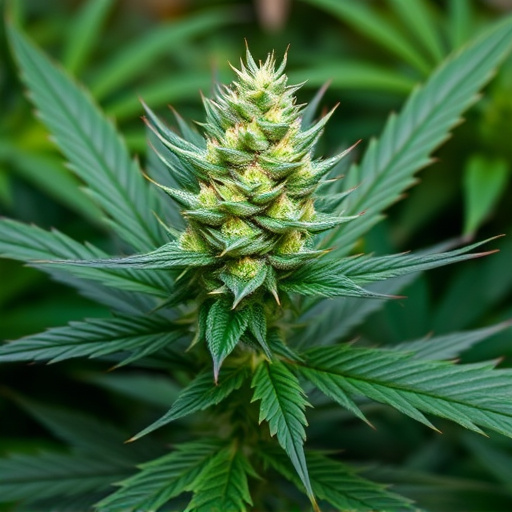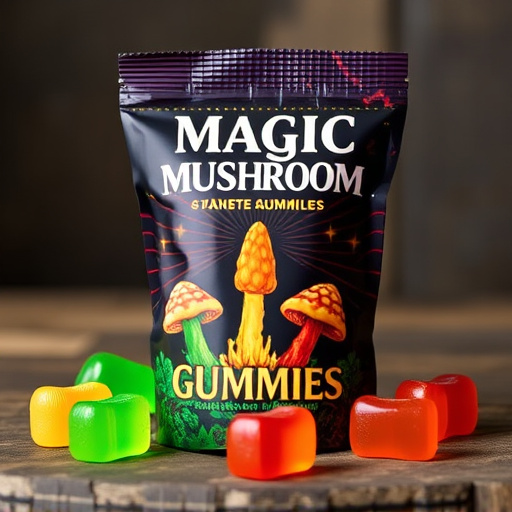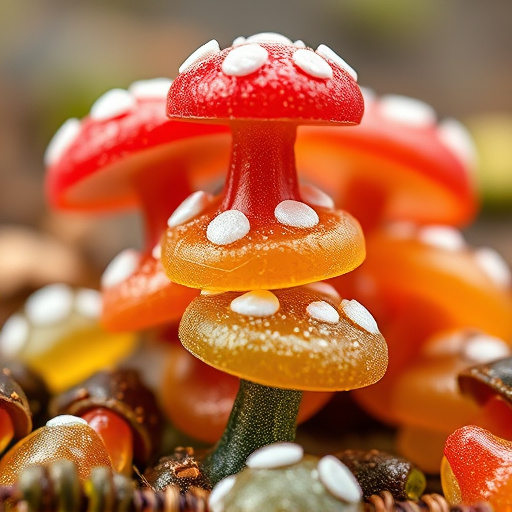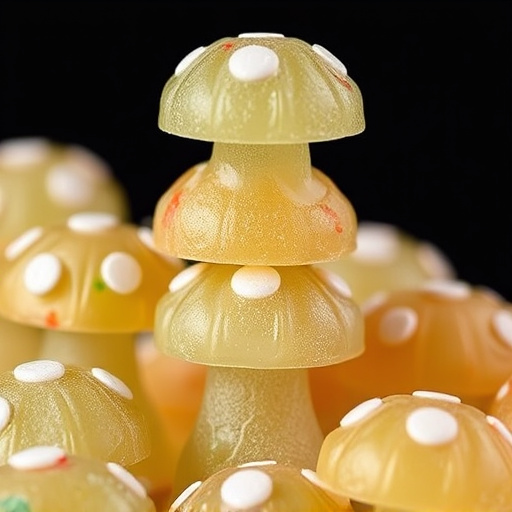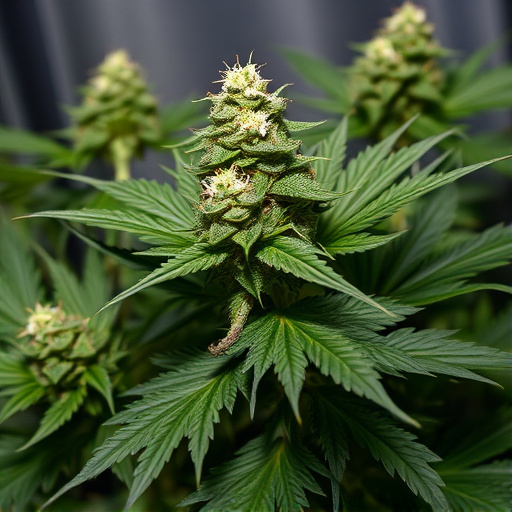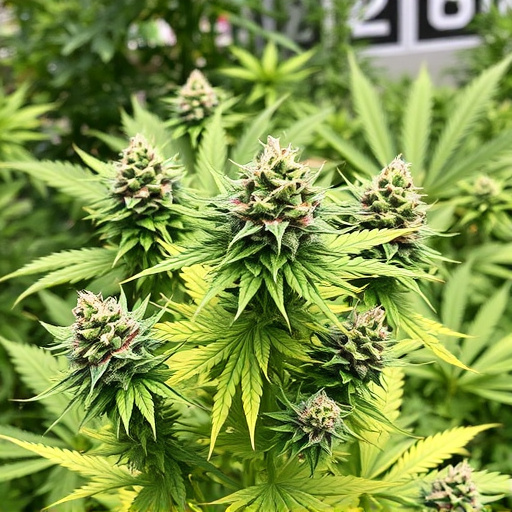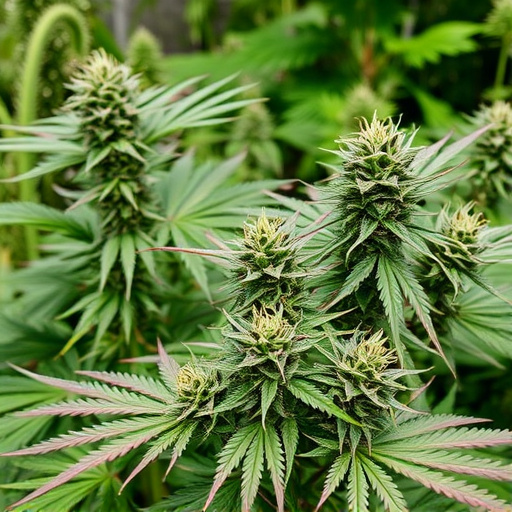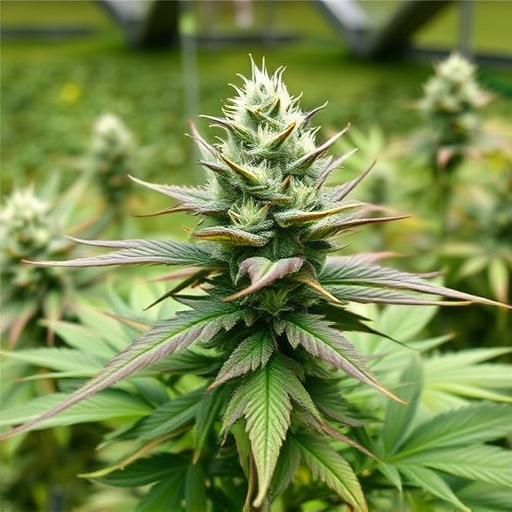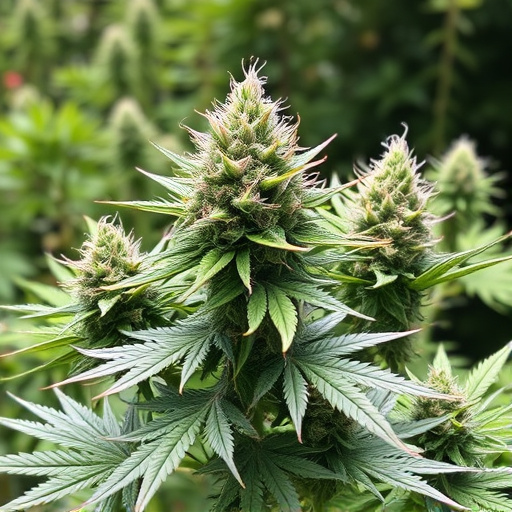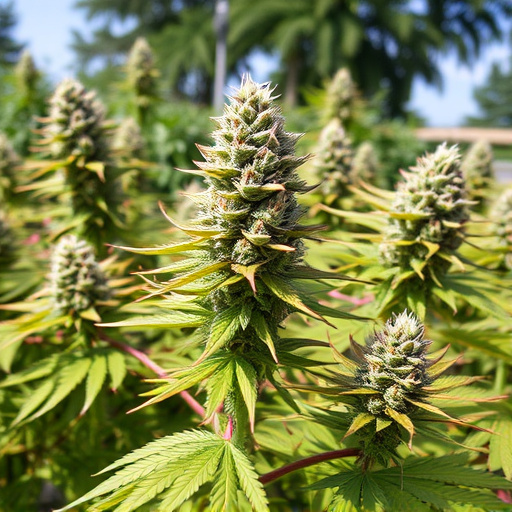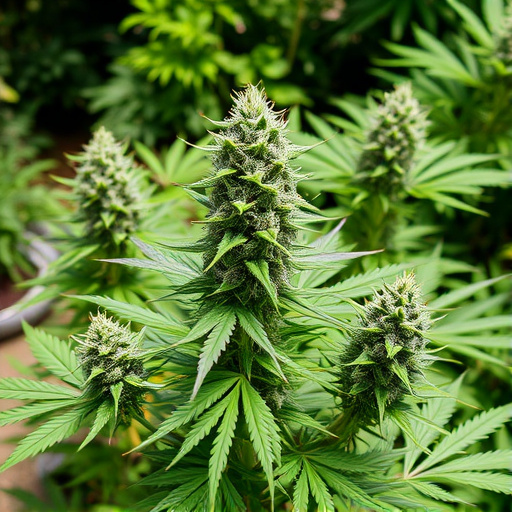Outdoor cannabis strains thrive in natural environments, resulting in distinct cannabinoid profiles compared to their indoor counterparts. Sunlight, air, and terroir influence THC, CBD, and terpene production, enhancing the flowers' complexity and medicinal benefits. Terpenes like myrcene, limonene, and pinene contribute unique effects, from calmness to boosted mood and focus. Outdoor strains are popular for their tailored therapeutic and recreational experiences, leveraging the power of nature's chemistry.
“Unraveling the Effects of Outdoor Cannabis Flower: A Comprehensive Guide
Outdoor cannabis strains, with their unique chemical composition, offer a range of potential benefits and considerations. This article delves into the intricate world of these strains, focusing on their cannabinoids and terpenes—the key players in their therapeutic and psychoactive properties. We explore how the balance between THC and CBD influences mental and physical health, providing insights for both recreational users and those seeking medicinal relief. Furthermore, we address potential side effects and offer practical strategies for responsible cannabis consumption.”
- The Chemical Composition of Outdoor Cannabis Strains
- – Discussing the main cannabinoids and terpenes found in outdoor-grown cannabis flowers.
- – How these compounds interact with the human body and their potential effects.
The Chemical Composition of Outdoor Cannabis Strains
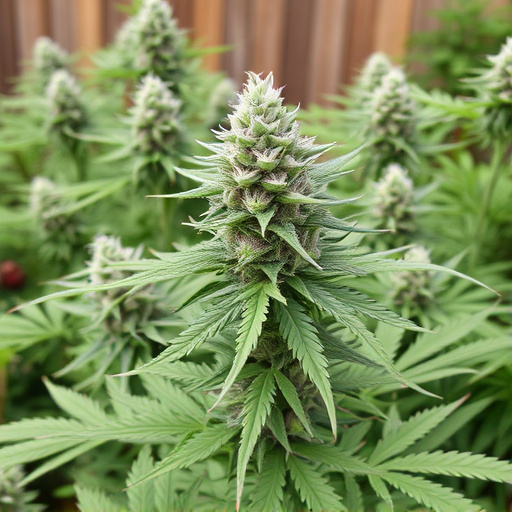
Outdoor cannabis strains offer a unique profile compared to their indoor counterparts, primarily due to their distinct chemical composition. These plants, grown in natural environments with sunlight, fresh air, and diverse terroir, develop specific cannabinoid and terpene profiles that can vary widely between different strains and even within the same strain across different growing seasons.
The outdoor cultivation process exposes cannabis plants to varying temperature ranges, humidity levels, and UV radiation, which can influence the production of cannabinoids like THC (tetrahydrocannabinol), CBD (cannabidiol), and other minor cannabinoids. Additionally, outdoor strains often accumulate a broader range of terpenes, aromatic compounds that contribute to the plant’s unique scent and flavor, as well as potential therapeutic effects. This natural exposure to diverse environmental factors can result in cannabis flowers with more complex chemical compositions, potentially offering a wider array of medicinal benefits and recreational experiences for consumers.
– Discussing the main cannabinoids and terpenes found in outdoor-grown cannabis flowers.
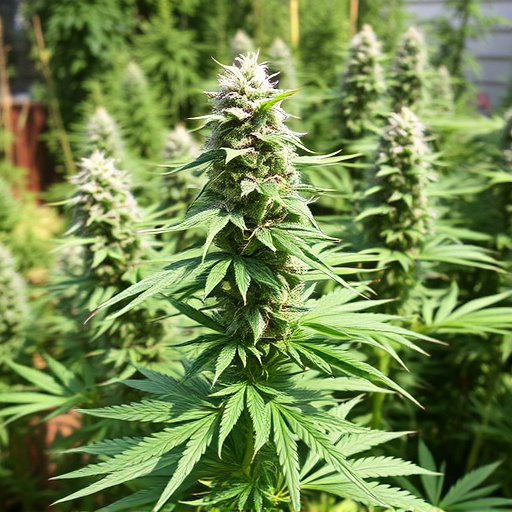
Outdoor-grown cannabis flowers are known for their diverse range of cannabinoids and terpenes, each contributing to the unique effects experienced by users. The most prominent cannabinoid is THC (tetrahydrocannabinol), responsible for the plant’s psychoactive properties and associated with feelings of euphoria and relaxation. CBD (cannabidiol) is another significant compound, gaining popularity for its potential therapeutic benefits in treating anxiety, inflammation, and chronic pain.
Terpenes, such as myrcene, limonene, and pinene, are aromatic compounds that further enhance the effects of cannabinoids. Myrcene, with its earthy and musky scent, is often linked to feelings of calmness and sleepiness. Limonene provides a bright, citrusy aroma and may boost mood and energy levels. Pinene has a pine-like fragrance and is believed to improve focus and mental clarity. These terpenes work synergistically with cannabinoids, creating what’s known as the entourage effect, which can lead to more complex and varied effects on the user’s mind and body. Outdoor cannabis strains are particularly renowned for their rich terpene profiles, making them a popular choice among those seeking specific therapeutic or recreational experiences.
– How these compounds interact with the human body and their potential effects.
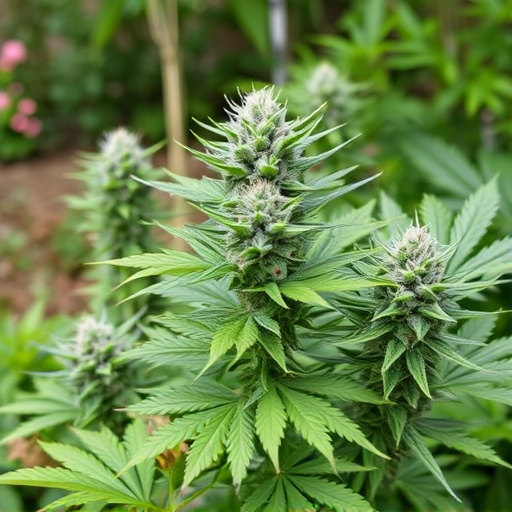
Cannabis flower’s effects on the human body stem from its unique composition of compounds, most notably cannabinoids like THC and CBD. These molecules interact with our endocannabinoid system (ECS), a complex network involved in regulating mood, memory, pain perception, appetite, and inflammation. When consumed, THC binds to specific receptors in the ECS, inducing feelings of euphoria and altering sensory experiences—a primary reason for its psychoactive properties often associated with outdoor cannabis strains.
CBD, on the other hand, doesn’t bind directly to the same receptors as THC but instead interacts with the ECS indirectly, influencing neurotransmitters like serotonin and dopamine. This interaction can produce calming effects, reduce anxiety, alleviate chronic pain, and even promote better sleep—benefits that contribute to the growing interest in outdoor cannabis strains for medicinal purposes.
Outdoor cannabis strains, rich in diverse cannabinoids and terpenes, offer a wide range of potential effects on the human body. While more research is needed, understanding these chemical compositions can provide valuable insights into the unique benefits that outdoor-grown cannabis may offer. The interplay between these natural compounds suggests promising therapeutic applications, making it an exciting area for further exploration within the field of cannabis research.
